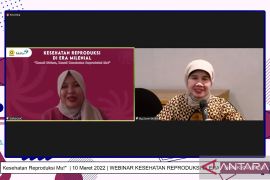Among the 29 reporting being harassed there was a male majority, with 17 male MPs and 12 female MPs. The survey did not ask who had harassed and where the harassment took place in the building. 101 MPs reported that they had heard sexist conversation.
The probe was commissioned by former speaker Maria Lohela.
Current speaker Paula Risikko told the media on Wednesday that parliament is the working place for the MPs and the rules of a good working environment must be adhered to. She said she has launched new measures to "wipe out sexual harassment".
Only hours after the publication, some MPs complained that many interviewees had been cautious in reporting the real situation, Xinhua said.
The survey indicated that 72 percent of MPs had received threats in social media. There was no difference between male or female MPs in the number of threats, but women got more sexually flavored threats.
The survey also reviewed general equality of the sexes, and the result was generally described as being good. "The survey did not reveal any systematic discrimination," Anna Bjork of the Oxford Research institute told the media.
While this survey was the first covering the MPs, the parliament has surveyed the situation of parliamentary assistants and the staffers.
The annual survey of employees has indicated the situation in the parliament building has improved. While 18 complaints were received from staffers in 2011, the number in 2016 was five.
Sexual harassment in the parliament building got national media attention in late 2017 when a male MP actually attacked and tried to kiss a female MP. He was later sentenced to fines, but prosecution is seeking suspended imprisonment through the appeals court level.
Reporter: Antara
Editor: Chaidar Abdullah
Copyright © ANTARA 2018











